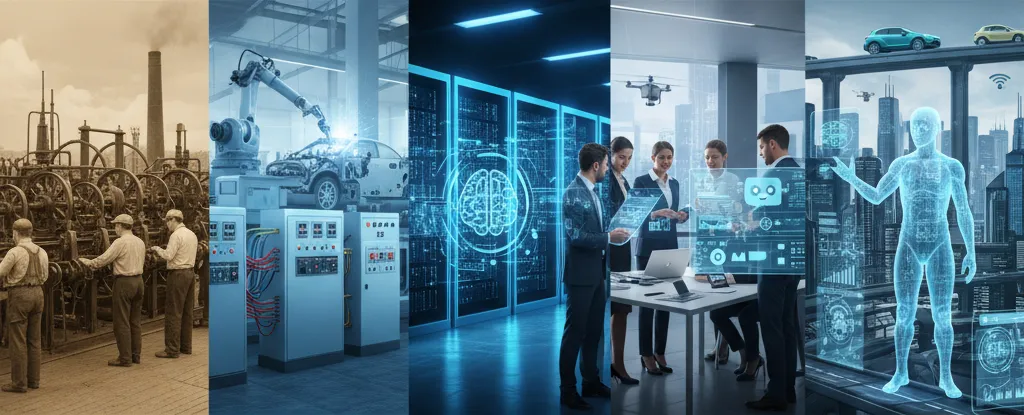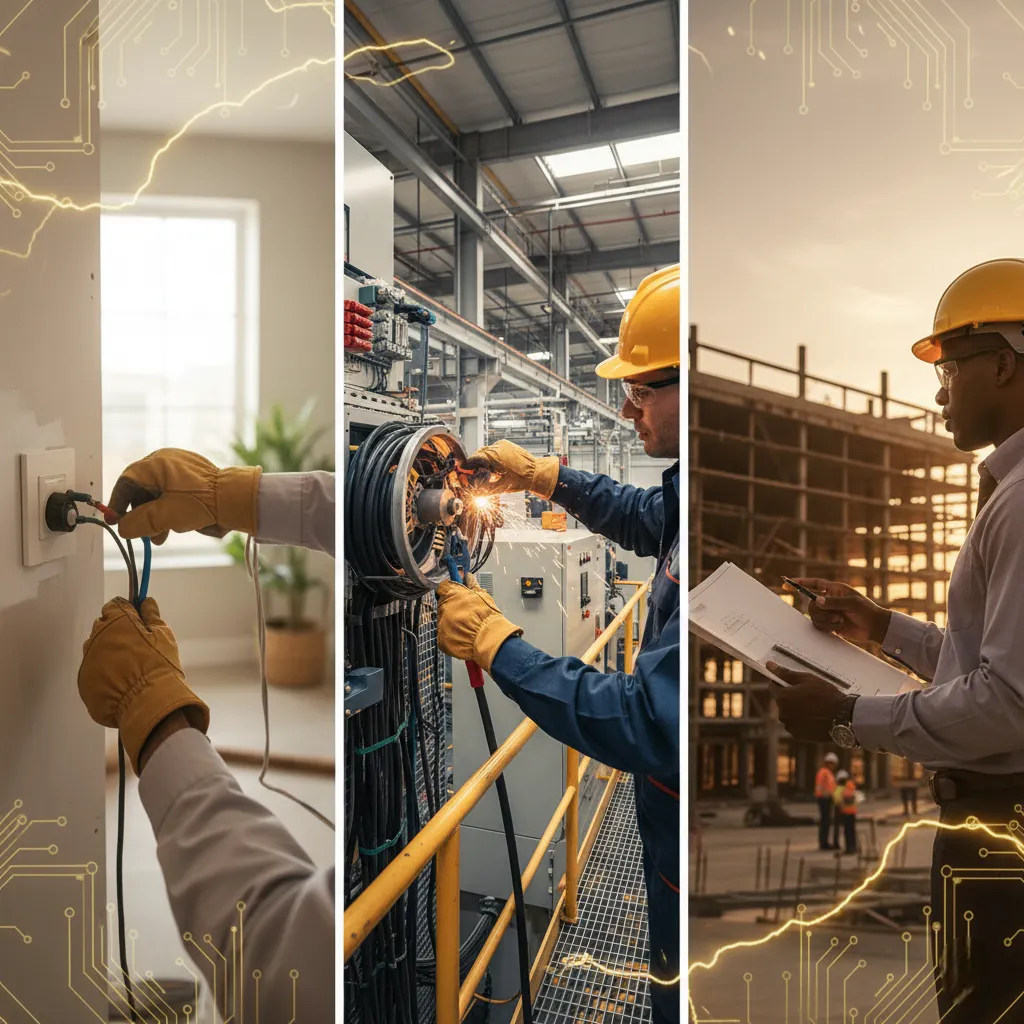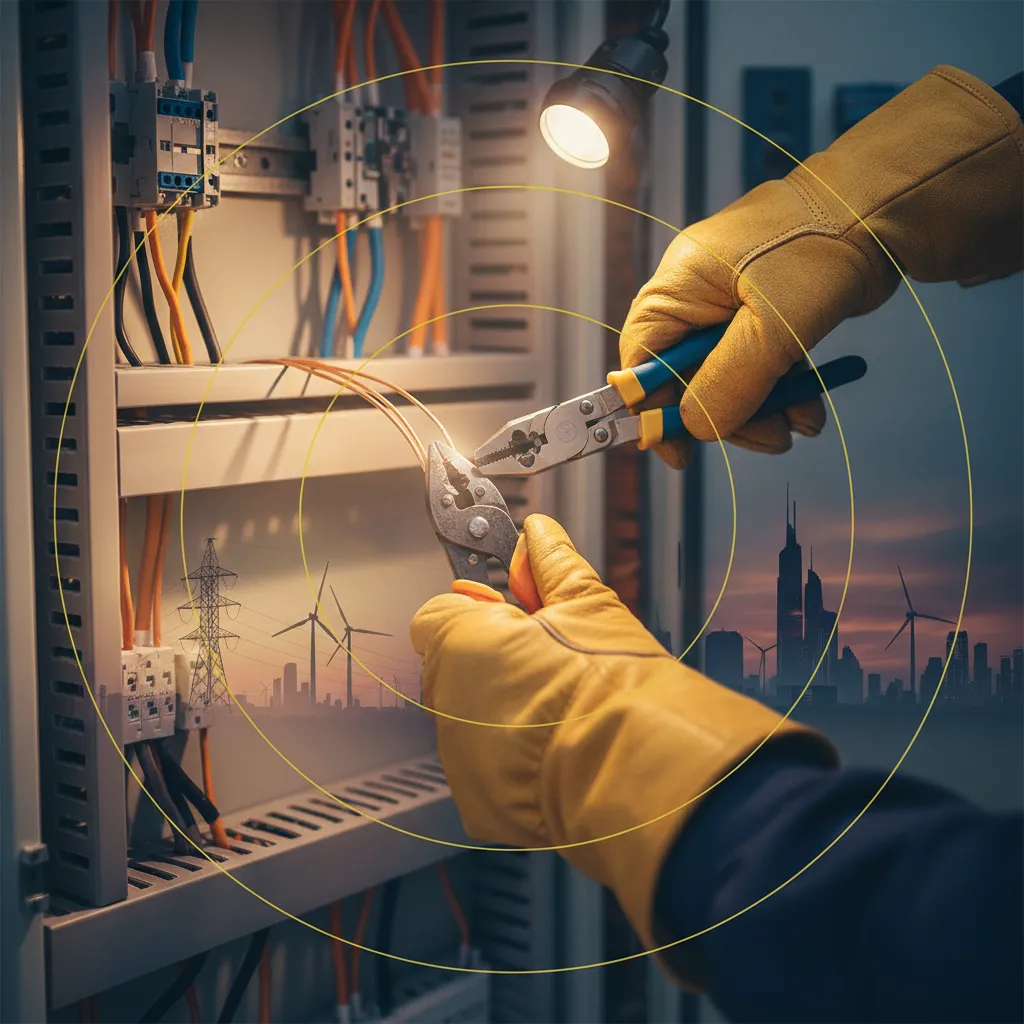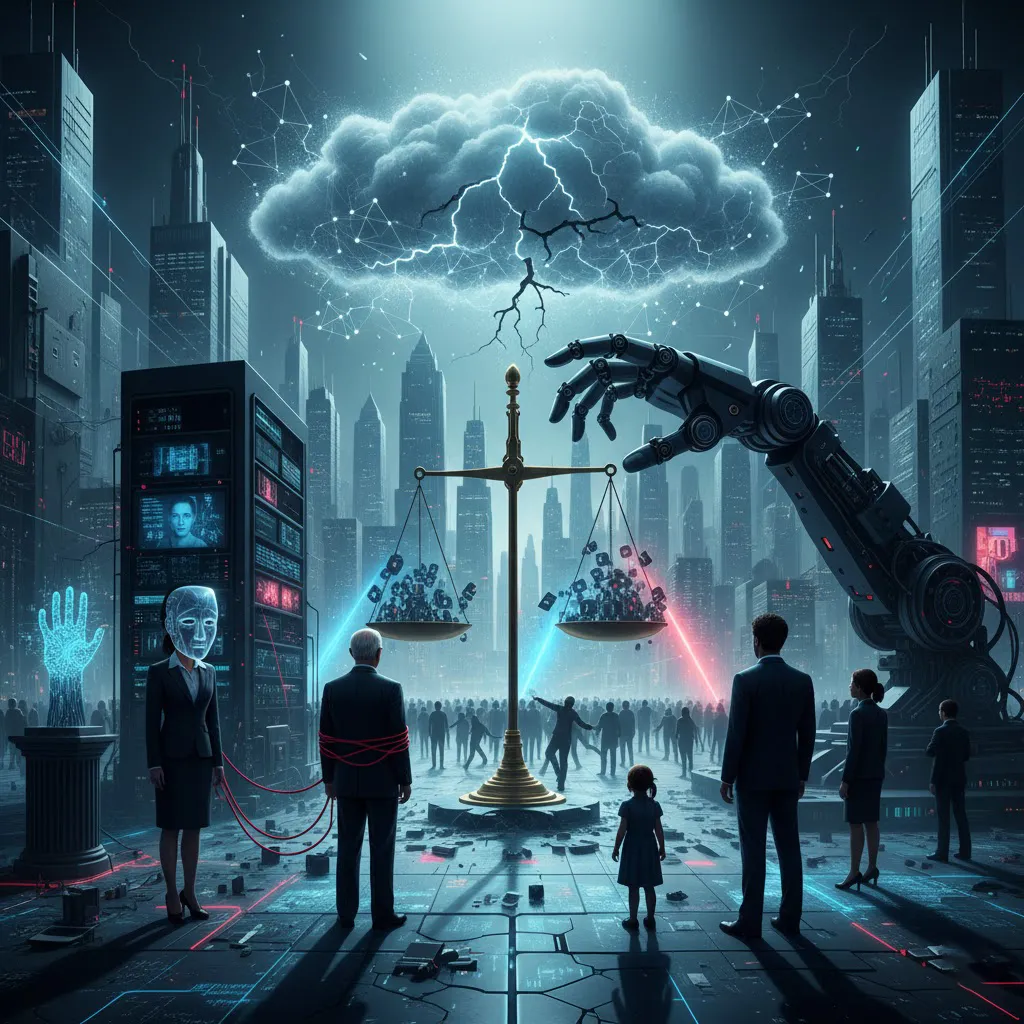Autonomous AI Agents for Automation: The Future of Intelligent Workflows
In today’s rapidly evolving digital landscape, autonomous AI agents for automation are transforming industries, reshaping workflows, and redefining how humans interact with technology. These intelligent systems are not just tools; they are decision-makers, collaborators, and problem-solvers capable of executing tasks with minimal human intervention. From customer service chatbots to supply chain optimization, autonomous AI agents are paving the way for a new era of efficiency and innovation. This article explores their history, development, applications, challenges, and future potential in a structured timeline of ideas.

The Origins of Automation
The concept of automation predates artificial intelligence. Early industrial machines in the 18th and 19th centuries were designed to reduce manual labor. These machines were not “intelligent” but represented the first steps toward delegating repetitive tasks to non-human systems. The invention of the assembly line by Henry Ford is a classic example of mechanical automation that revolutionized manufacturing.
By the mid-20th century, programmable logic controllers (PLCs) emerged, enabling machines to follow coded instructions. This was the precursor to the integration of AI, as it allowed for more flexible and adaptive automation. The groundwork was laid for the eventual rise of autonomous AI agents.
The Birth of Artificial Intelligence
Artificial Intelligence as a field began in the 1950s, with pioneers like Alan Turing and John McCarthy envisioning machines that could “think.” Early AI systems were rule-based, relying on predefined logic rather than learning. A famous example is the ELIZA chatbot, which simulated human conversation but lacked true understanding.
These early systems demonstrated the potential of AI but also highlighted its limitations. They could not adapt to new situations without reprogramming. However, they set the stage for the development of machine learning and, eventually, autonomous AI agents capable of self-directed action.
The Rise of Machine Learning
In the 1980s and 1990s, machine learning emerged as a powerful paradigm. Instead of relying solely on rules, systems could now learn from data. A key example is the use of neural networks for pattern recognition, such as handwriting or speech recognition.
This shift was critical for automation. Machine learning allowed systems to adapt, improve, and make predictions. It was no longer about following instructions - it was about learning from experience. This adaptability is the foundation of modern autonomous AI agents.
Key Advancements
- Development of backpropagation for training neural networks
- Introduction of support vector machines for classification
- Early applications in finance, healthcare, and logistics
The Emergence of Autonomous AI Agents
By the 2010s, advances in deep learning, natural language processing, and reinforcement learning enabled the creation of autonomous AI agents. These agents could perceive their environment, make decisions, and act without constant human oversight. A well-known example is AlphaGo, which defeated world champions in the complex game of Go.
Unlike traditional automation, these agents were not limited to repetitive tasks. They could strategize, adapt, and even collaborate with humans. This marked a turning point in the evolution of automation, moving from static processes to dynamic, intelligent workflows.
Applications in Business and Industry
Today, autonomous AI agents for automation are widely used across industries. In customer service, AI chatbots handle millions of queries daily, reducing the need for human agents. In logistics, AI optimizes delivery routes, saving time and fuel. In finance, autonomous agents detect fraud in real time.
One striking example is robotic process automation (RPA) enhanced with AI. These systems can handle complex back-office tasks such as invoice processing, compliance checks, and data entry. The result is faster operations, reduced costs, and fewer errors.
Industry Examples
- Healthcare: AI agents assist in diagnostics and patient monitoring
- Retail: Personalized shopping recommendations
- Manufacturing: Predictive maintenance of machinery
The Role of Natural Language Processing
Natural Language Processing (NLP) has been a game-changer for autonomous AI agents. It allows machines to understand, interpret, and generate human language. A practical example is virtual assistants like Siri or Alexa, which can respond to voice commands and perform tasks.
For automation, NLP enables seamless communication between humans and AI agents. Businesses can deploy AI-driven customer support systems that understand context, sentiment, and intent, providing a more human-like experience. This bridges the gap between automation and human interaction.
Benefits of NLP in Automation
- Improved customer satisfaction
- Faster response times
- Scalable support systems
Challenges and Ethical Considerations
Despite their potential, autonomous AI agents face significant challenges. One major concern is bias in decision-making. If trained on biased data, AI agents can perpetuate unfair outcomes. A well-documented example is biased hiring algorithms that favored certain demographics.
Another challenge is accountability. When an AI agent makes a mistake, who is responsible? Ethical frameworks and regulations are still catching up with technological advancements. Transparency, fairness, and explainability are crucial for building trust in autonomous systems.
Integration with the Internet of Things (IoT)
The convergence of autonomous AI agents and IoT is unlocking new possibilities. Smart homes, factories, and cities rely on interconnected devices that generate vast amounts of data. AI agents can analyze this data in real time and make autonomous decisions. A simple example is a smart thermostat that learns user preferences and adjusts temperatures automatically.
In industrial settings, AI-powered IoT systems can monitor equipment, predict failures, and schedule maintenance without human intervention. This integration enhances efficiency, reduces downtime, and improves safety.
Use Cases
- Smart energy grids
- Autonomous vehicles
- Connected healthcare devices
The Future of Work with Autonomous AI Agents
The rise of autonomous AI agents for automation is reshaping the workforce. Routine tasks are increasingly handled by AI, freeing humans to focus on creativity, strategy, and innovation. A notable example is AI-driven project management tools that automatically assign tasks and track progress.
However, this shift also raises concerns about job displacement. While some roles may disappear, new opportunities will emerge in AI development, oversight, and collaboration. The future of work will likely involve humans and AI agents working side by side in hybrid teams.
Key Skills for the Future
- AI literacy
- Critical thinking
- Emotional intelligence
- Adaptability
The Road Ahead: Toward General Autonomous Agents
Looking forward, researchers are working toward general-purpose autonomous AI agents capable of handling diverse tasks across domains. Unlike narrow AI, which excels in specific areas, general AI would be adaptable and versatile. A futuristic example could be an AI agent that manages an entire business operation, from strategy to execution.
While this vision is still in development, progress in reinforcement learning, multi-agent systems, and cognitive architectures suggests it may one day become reality. The road ahead is filled with both promise and uncertainty, but the trajectory is clear: autonomous AI agents will play an increasingly central role in automation and beyond.
Conclusion
In conclusion, autonomous AI agents for automation represent a paradigm shift in how we approach work, efficiency, and innovation. From their origins in mechanical automation to their integration with IoT and natural language processing, these agents have evolved into powerful tools that can transform industries. While challenges remain - such as bias, accountability, and workforce disruption - the potential benefits are immense. As we move toward a future of general-purpose AI agents, the collaboration between humans and machines will define the next chapter of technological progress.











